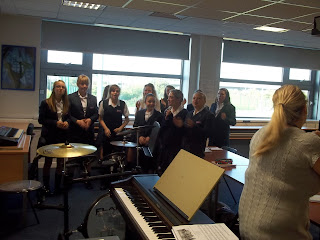Questionnaire
1) Are you male [ ] or female [ ]?
2) How old are you?
________
3) What genre of music do you mainly listen to?
_______________
4) Who is your favourite band/singer?
______________________
______________________
5) What three words do you associate with Indie music?
____________________________________________
____________________________________________
6) What is your favourite colour?
____________
____________
7) How often do you buy a magazine?
once a week [ ] once a fortnight [ ] once a month [ ] less than once a month [ ]
once a week [ ] once a fortnight [ ] once a month [ ] less than once a month [ ]
If other, please specify: ________________
8) What magazine do you currently buy?
_____________
_____________
9) What do you like about this magazine?
_______________________________________________________________________________________________________________________________________________________________________________________________________________
_______________________________________________________________________________________________________________________________________________________________________________________________________________
10) What do you dislike about this magazine?
_______________________________________________________________________________________________________________________________________________________________________________________________________________
_______________________________________________________________________________________________________________________________________________________________________________________________________________
11) What articles do you most enjoy to read in a music magazine?
__________________________________________________________________________________________________________________________________________
__________________________________________________________________________________________________________________________________________
12) How much would you pay for a music magazine usually?
0-99p [ ] £1.00-1.50 [ ] £1.51-2.00 [ ] £2.01-2.50 [ ] £2.51-£3.00 [ ] more [ ]
0-99p [ ] £1.00-1.50 [ ] £1.51-2.00 [ ] £2.01-2.50 [ ] £2.51-£3.00 [ ] more [ ]
If more, please specify how much you usually pay: ___________
13) In your spare time, how much do you listen to music?
Daily [ ] every few days [ ] once a week [ ] less [ ]
Daily [ ] every few days [ ] once a week [ ] less [ ]
If less, please specify how much you listen to music:___________
14) What colours do you associate with the indie genre?
____________________
____________________






































